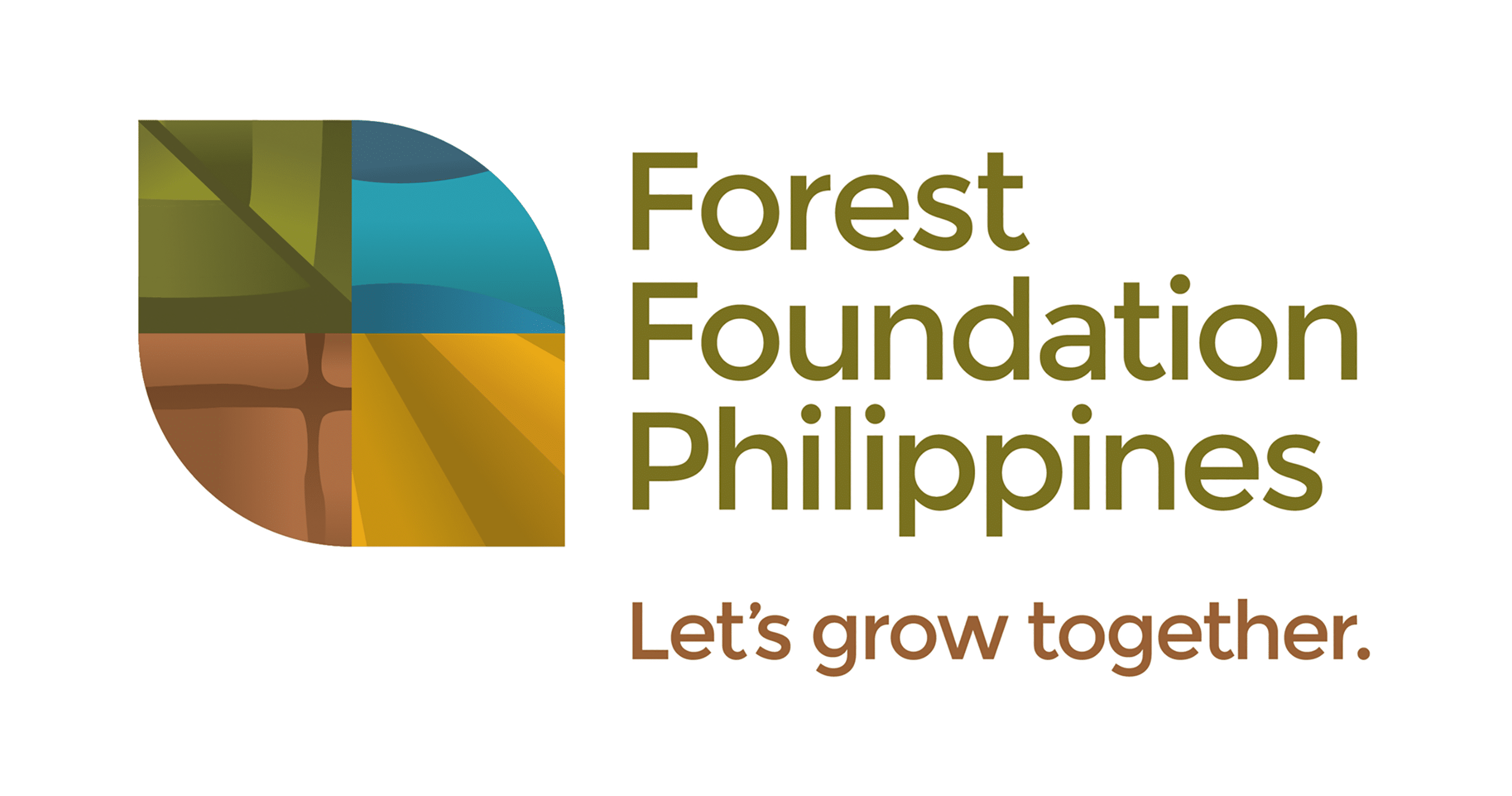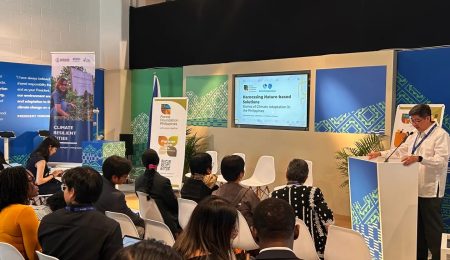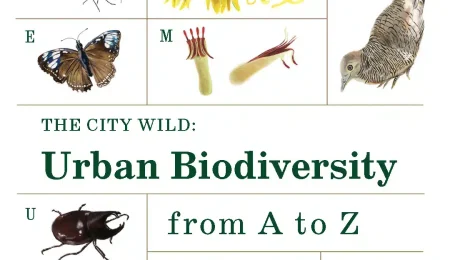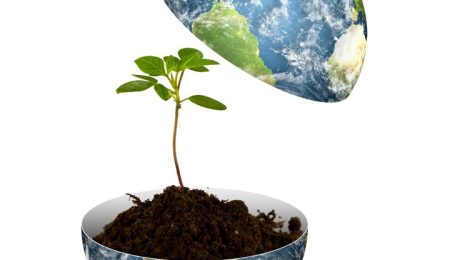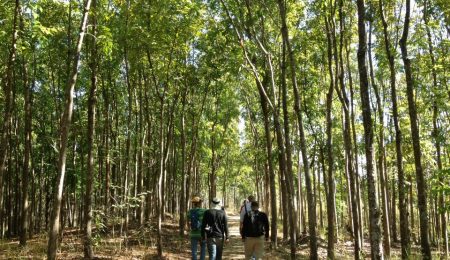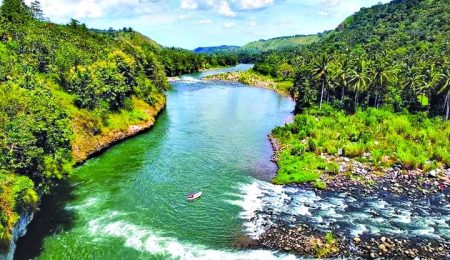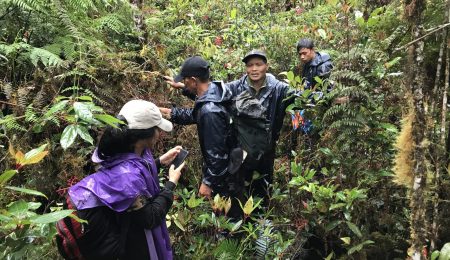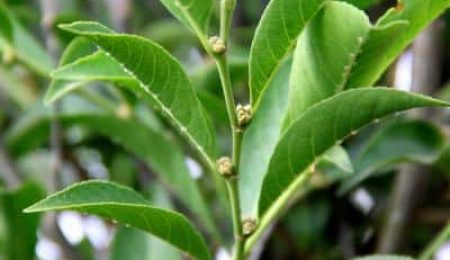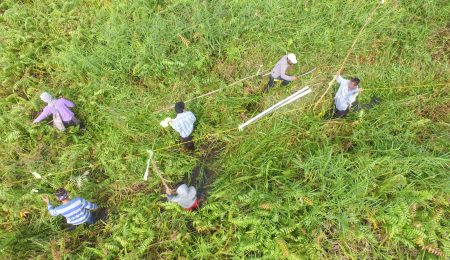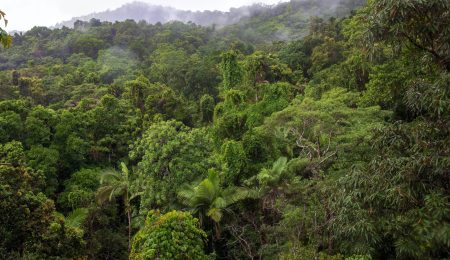by Nicole V. Torres of Parabukas
The United Nations Convention on Biological Diversity, or the CBD, was one of three environmental treaties adopted at the United Nations Earth Summit in Rio in 1992. Along with the United Nations Framework Convention on Climate Change (UNFCCC) and the United Nations Convention to Combat Desertification (UNCCD), it represented a global recognition of the magnitude of environmental destruction happening around the world, and a serious concerted commitment to pursuing sustainable development.
Biodiversity loss and the destruction of ecosystems have sometimes been viewed as less of a “hot topic” than the often volatile and highly political issues related to climate change. However, these concerns are no less urgent and are equally serious. Dr. Cristiana Pasca Palmer, the Executive Secretary of the UN CBD, has flagged these as “silent killers,” because when their impacts become fully evident, it may already be too late to turn the tide.
“The Philippines is one of the world’s seventeen identified Megadiverse nations. Taken together, these countries are home to more than 70 percent of all known plant and animal species. ”
Biodiversity Loss in the Philippines
The 2018 report of the Inter-governmental Science-Policy Platform on Biodiversity and Ecosystem Services (IPBES) describes the scale of these challenges. In the Asia-Pacific region alone, high rates of habitat fragmentation and degradation, especially in forests, have led to a decline in wild mammals and birds. For Southeast Asia in particular, this means that 29 percent of bird species and 24 percent of mammal species are likely to become extinct in the coming decades if the current rate of forest loss continues.
Coral reefs in South and Southeast Asia are also under serious threat, with up to 90 percent of coral expected to suffer severe degradation by 2050, even with the best conservation efforts.
These projections are especially critical for the Philippines, one of the world’s seventeen Megadiverse nations. Taken together, these countries are home to more than 70 percent of all known plant and animal species.
Many of these species are endemic to the Philippines and can be found nowhere else. As such, ensuring the survival of these biodiversity resources also entails protecting the landscapes and ecosystems that sustain them.
“Investing in Biodiversity for People and Planet”
Every two years, representatives from the 195 countries that have signed on to the CBD meet to decide on policy, procedure, and work programmes to support further implementation of the Convention, and the realization of its three objectives: 1) the conservation of biodiversity, 2) the sustainable use of its components, and 3) the fair and equitable sharing of the benefits arising out of the utilization of genetic resources.
This year’s meeting will take place from November 17th to 29th in Sharm el Sheikh, Egypt. The 14th Conference of Parties (COP) will highlight the theme “investing in biodiversity for people and planet.” Discussions on several agenda items are expected to provide insight and guidance on what this might mean for governments and other stakeholders.
Mainstreaming Biodiversity Across Sectors
Mainstreaming the conservation and sustainable use of biodiversity across various sectors is expected to be a central topic at this year’s Conference. In particular, discussions are expected to focus on the industries of energy and mining, infrastructure, manufacturing and processing, and health.
It is significant to note that the Philippine experience with these sectors has not always been a positive one. The National Biodiversity Strategy and Action Plan (NBSAP) 2015-2028 in fact identifies these industries as drivers of habitat loss and degradation of ecosystems, because of the unsustainable practices of land conversion and air, water, and soil pollution very often associated with them.
Recognizing that these sectors are on the rise is thus critical – they are expected to expand further to provide for increasing populations and expanding urban areas. In her welcome message for the Conference, Executive Secretary Pasca Palmer points out that countries are expected to invest some USD 90 trillion in infrastructure and about USD 25 trillion in energy over the next 15 years.
This year’s COP will consider a range of measures that countries and these sectors may adopt, which may include encouraging best practices for environmental impact assessments, effective incentives to mainstream biodiversity, and updating of legal frameworks, policies and practices to ensure the exercise of Free, Prior and Informed Consent and participation of all relevant stakeholders. A long-term strategic approach to mainstream biodiversity is also proposed to establish priorities for action and facilitate consistent assessment and monitoring.
Biodiversity and Climate Change
Climate change has already accelerated the degradation of both terrestrial and marine environments, and is expected to drive the destruction of specialized habitats, and species loss and extinctions.
Despite these risks, biodiversity and ecosystems can also be part of solutions to address the adverse impacts of climate change. In its recent Special Report published in October 2018, the Inter-Governmental Panel on Climate Change (IPCC) proposes several pathways that can be pursued to hold the global temperature increase to 1.5oC. Conservation and sustainable use of biodiversity, and protection and enhancement of ecosystem services are key components of many of these options.
Ecosystem-based adaptation, ecosystem restoration, and sustainable land use and planning are among the measures that can be employed to increase the adaptive capacity of communities and natural systems. These actions can also provide mitigation benefits, as healthy ecosystems can better support the absorption of Carbon Dioxide (CO2) from the atmosphere.
In Egypt, countries will consider guidance on Ecosystem-based Approaches for Climate Change Adaptation and Disaster Risk Reduction. These practices utilize biodiversity and ecosystem services to manage climate and disaster impacts. Examples of these include forest restoration initiatives in upland areas that help improve water regulation and prevent erosion. In urban areas, establishing green spaces also helps regulate temperatures and reduce the risk of floods.
Synthetic Biology
New developments in science and technology have also introduced changes in ecosystems and landscapes. In many parts of the world, agricultural crops and livestock have been genetically engineered to resist various pests and survive extreme weather events such as floods and droughts. Others have been created to improve nutritional properties or eliminate harmful pathogens, addressing health and food security needs.
However, concerns have been also raised as regards these organisms that are products of genetic engineering technology. Indigenous peoples and local communities have called for the exercise of Free Prior and Informed Consent before these organisms are released in natural environments, citing that they may impact traditional knowledge, practices, livelihoods, and use of land and water resources.
Policy must continue to respond to scientific developments. Recognizing that technology has a role to play in the modern world entails an understanding both of the potential benefits that it can bring and possible adverse effects that should be mitigated or prevented.
To enable this, countries meeting in Egypt will consider a process and mechanism for regular horizon scanning, monitoring, and assessment of new developments in the field of synthetic biology. Many uncertainties remain with regard to the impacts that organisms developed through genetic engineering technology could have on biodiversity. Discussions on this agenda item are thus likely to continue in succeeding COPs.
Living in Harmony with Nature
The United Nations has declared the years from 2011 to 2020 as the international decade for Biodiversity, looking toward the long-term vision of “living in harmony with nature.” Generally, by 2050, a world is imagined where “biodiversity is valued, conserved, restored, and wisely used, maintaining ecosystem services, sustaining a healthy planet and delivering benefits essential for all people.”
These are very ambitious goals, and many doubt that they can be reached by holding more meetings and creating more committees. Participation in Conferences and international policy negotiations cannot and should not represent the maximum extent of our efforts. International policy is not meant provide the end-all and be-all solution, but it can be an important first step.
Living in harmony with nature, after all, begins with recognizing that human beings share this world with other lives. From this shared recognition, governments, industries, and communities are made to face how their decisions have shaped and continue to shape the natural world.
Discussions that take place at forums such as the upcoming COP have the power to trigger action in countries, sectors, communities, and individuals. In facing up to the “silent killers” of biodiversity loss and ecosystems destruction, breaking the silence is no small matter.
*****
About the Author:
Nicole V. Torres is part of Parabukas, a young, boutique consulting firm that aims to enable and enhance understanding of complex legal language, concepts, and processes by decision-makers and stakeholders. In partnership with the Forest Foundation Philippines, Parabukas is currently engaged in efforts to build the capacity of government agencies and civil society organizations in the Philippines to engage in the UNFCCC and CBD negotiations and to mainstream international concerns and obligations into national frameworks.
